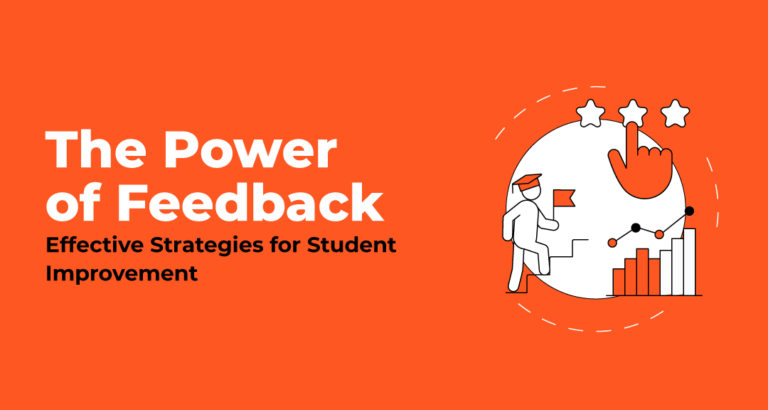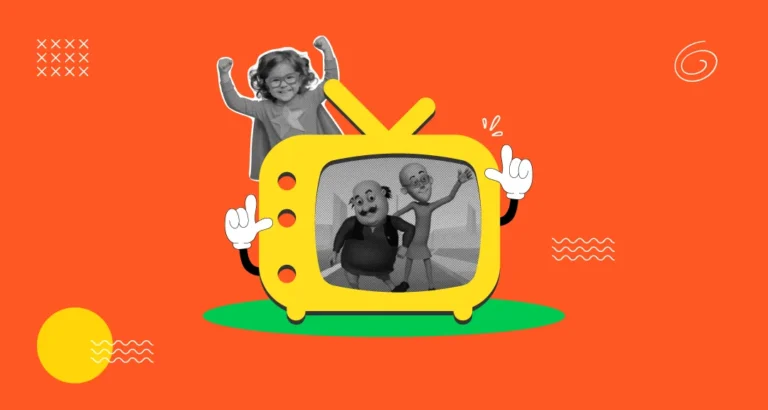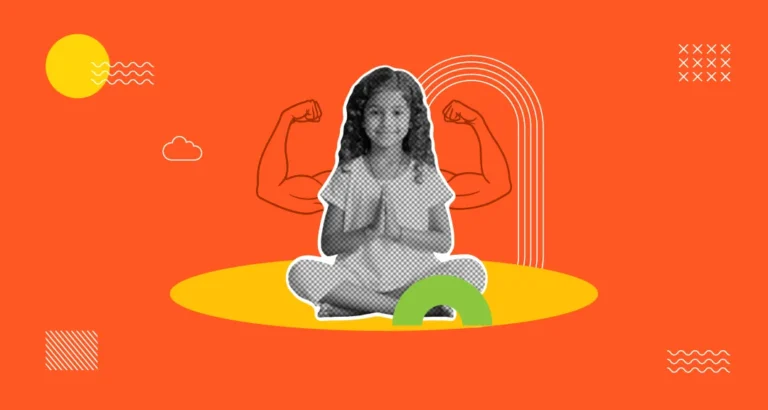Beyond the Test Score: Nurturing Creativity and Innovative Thinking in Students
- Teaching
- August 3, 2024
- VOLT Learning
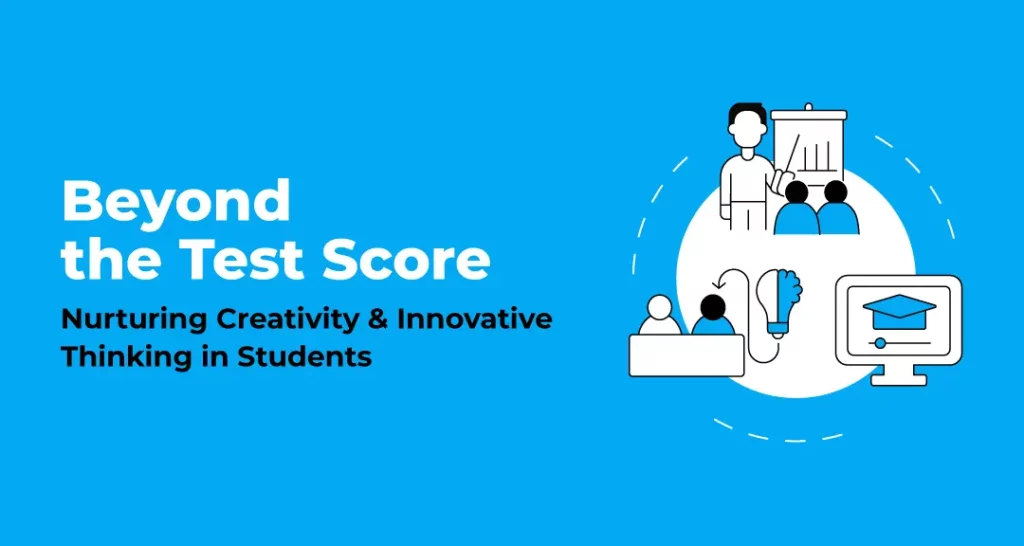
Do you remember that one special moment of exhilaration during childhood adventures when you discovered something new and extraordinary inside the classroom boundaries? That was the moment when you might have realized that experimenting and innovating are more precious than just cramming for tests and scoring good grades.
In a constantly evolving world, the significance of creativity and innovation inside the classroom can never be neglected. But why is this burst of creativity and innovation so vital now more than ever? Let’s see how creativity and innovation can illuminate the way to a brighter and more dynamic future for students accounting for the birth of visionary leaders.
The Evolving Educational Landscape Demands the Creative Edge
To grapple with the challenges posed by the problematic educational landscape (often rooted in traditional methods), teachers and parents must focus on cultivating capabilities like a sense of creativity, innovative mindset, critical thinking, adaptability and student collaboration. Introducing the concepts of creative intelligence extends their talent beyond the traditional confines of academic prowess, and enables them to adjust and advance amidst adversities in today’s highly competitive times.
Creative learning is a rarity in our country. The reason is that the prevalent education systems focus more on rote learning and encourage memorization of bookish learning without realizing that “creativity is intelligence having fun.”
That is why teachers inside the classroom must focus on fostering a culture of creative learning (as an indispensable priority) so that students can experience the thrill of a hitherto inexperienced situation. Teachers must rightly put the human brains in the creative realms and motivate students to enhance their overall capabilities of out-of-the-box thinking beyond the limits of test scores.
Nurturing Creativity and Innovation Inside the Classroom: The Teacher’s Practical Guide
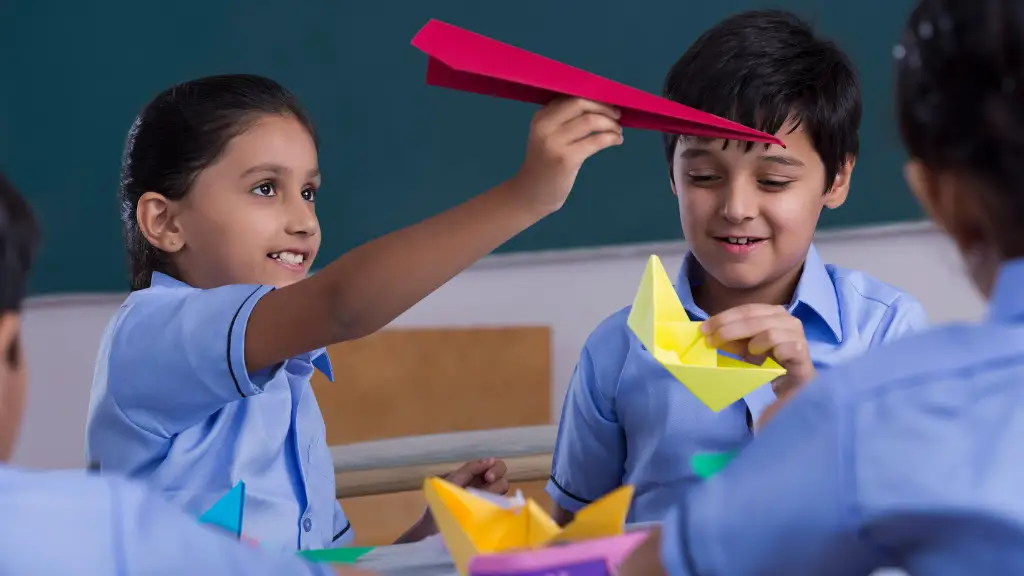
Here’s how teachers can create an environment that sparks imagination and encourages innovative thinking:
- Establishing a Creative, Safe and Supportive Environment
Allow learners to embrace flexibility by arranging your classroom with movable furniture and creating various learning zones. To stimulate creativity, fill the walls with thought-provoking images, quotes and artworks created by students.
- Establishing Psychological Safety
Teachers must ensure that classroom sessions are judgment-free so that students can feel comfortable sharing ideas without fear of ridicule. Additionally, it is always recommended to encourage a risk-taking environment and celebrate attempts to learn from failures as much as successes.
- Implementing Creative Learning-driven Curriculum
Designing a curriculum in which creative and academic achievements are of equal value is crucial for the overall development of students. It helps the students develop an aptitude for creative problem-solving and critical thinking, which in turn enables them to face and overcome difficulties across different areas of learning.
Teachers should shift from the commonly applied pattern of traditional LMS examinations and adopt a more inclusive learning approach to boost the creative potential of students. Group assignments should be supported so that the students may learn from each other and share ideas, thus creating a culture of collective invention.
Not only does Learning by doing improve individual artistic talents, but it also cultivates a peculiar thinking style with respect to group assignments, which is commonplace when confronting various practical problems in future learners.
- Balancing Active Learning With Agile Teaching Methodologies
Remember that nurturing creativity is an ongoing process for everyone—students and teachers. To identify and cultivate diverse kinds of intelligence in children, teachers must embrace design thinking workshops, which develop critical thinking skills and a problem-solving mindset by engaging students in real-world challenges and forcing them to act collaboratively to solve the challenges.
Project- and inquiry-based learning offers another significant way to balance active learning with agile teaching methodologies. It encourages students to take ownership of their learning by exposing them to complex topics via inquiry-driven projects with a view to promoting creativity. In inquiry-based learning, teachers engage students in open-ended questions and construct their understanding around the given topic.
At Viva VOLT, we help teachers integrate technology and project-based learning by offering a comprehensive collection of high-quality digital textbooks in multi-formats and digital content aligned with NEP and NCF principles.
Teachers can deliver a superior creative learning experience and encourage interdisciplinary thinking by blending subjects through our digital resources in animations and video lessons developed for innovative learning.
Additionally, they introduce complex topics that connect to real-world issues in a fun way using appealing visualizations, create ’genius hour sessions‘ for self-directed learning, and help students gain an in-depth knowledge beyond traditional academics. This way, teachers can create an environment that values creativity and innovative thinking skills while empowering students to become problem-solvers.
- Incorporating Arts and Creative Pursuits
Intelligence becomes multifaceted when accompanied by music, arts, sports, science experiments, social projects, kinaesthetic ability, linguistic, logical-mathematical, naturalistic, and interpersonal skills.
The hierarchy in conventional education system attaches more significance to certain academic disciplines, leaving almost no room for artistic, innovative or creative pursuits. This approach can actually suppress the talent and intelligence of many students in the class because only some are the same.
It is essential to realize that a child who does not do well in algebra might do well in visual arts or music. The emphasis is on recognizing and nurturing the hidden potential in each child and giving them a chance to discover and succeed in their chosen fields.
To Wrap Up
As Edward de Bono, the father of lateral thinking, puts it, ’There is no doubt that creativity is the most important human resource of all. Without creativity, there would be no progress, and we would forever be repeating the same patterns.’. The world of tomorrow belongs to next-gen learners with strong innovative mindsets, critical thinking, and creative skills.

